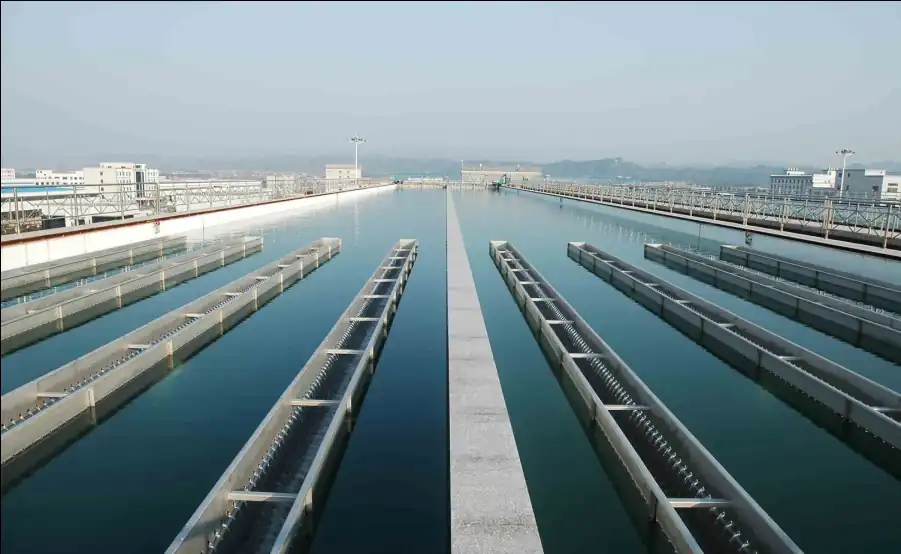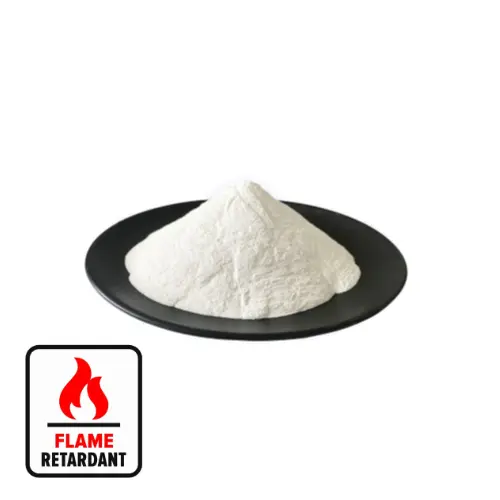Overview
Magnesium hydroxide, its chemical formula is Mg(OH)2. It is a colorless hexagonal columnar crystal or white powder. It is insoluble in water and alcohol and soluble in dilute acid and ammonium salt solution. The aqueous solution is weakly alkaline. The solubility in water is very small, but the part dissolved in water is completely ionized. The concentration of the saturated aqueous solution is 1.9 mg/L (18°C). When heated to 350°C, water is lost and magnesium oxide is formed. As an important inorganic chemical product, magnesium hydroxide is called “Environmentally friendly” environmentally friendly treatment agent.
Hydrothermal treatment
The hydrothermal treatment of magnesium hydroxide is a method of using water as a solvent to carry out chemical reactions at a certain pressure and time period between the boiling point of water and the supercritical temperature. In a high-temperature and high-pressure aqueous solution, the intensification of molecular motion will lead to an acceleration of the reaction rate, increase the solubility of magnesium hydroxide solids synthesized at room temperature, and realize some reactions that are difficult to carry out at room temperature and pressure.
By controlling the pressure and temperature of the hydrothermal reaction, the size, morphology, nucleation, and growth rate of magnesium hydroxide particles can be controlled. The higher the temperature, the faster the diffusion rate of ions, the dissolution of small crystals, and the acceleration of ions in the process of migration and deposition to large crystals, which accelerates the growth rate of crystals and helps to form crystalline products with large particle size and low water content. At the same time, the specific surface area of magnesium hydroxide has a great relationship with pressure. The greater the pressure, the smaller the specific surface area of magnesium hydroxide. Therefore, under certain pressure and temperature conditions, an appropriate specific surface area can be obtained.
Although the development of crystalline flame-retardant magnesium hydroxide in China is still in its infancy, it can be found through scanning electron microscopy that the particles of the product of magnesium hydroxide after hydrothermal reaction are regular flakes, the average particle size is increased, and it has good dispersibility, and can be used as a flame retardant additive for organic polymers.
Application and development prospects
1. Magnesium hydroxide as a water treatment agent

1.1 Acidic wastewater treatment
When magnesium hydroxide is used as a neutralizing agent in acidic wastewater, because of its buffering properties, the pH value of the treated acidic wastewater does not exceed 9, which is exactly the limit value stipulated by the US Environmental Protection Agency’s “Clean Water Regulations”. If other alkalis are used in excess, the pH value may be very high. For example, if lime is used, the pH value can reach 12.5, and if caustic soda is used, the pH value can reach 14, and further treatment is required before it can be discharged. At the same time, because the reaction process is slow, the precipitated crystals are coarse and dense, and the sludge is easy to filter and discharge, which reduces the volume of sludge and reduces the treatment cost.
1.2 Removal of heavy metals
Magnesium hydroxide has a large surface area and strong adsorption capacity, and can remove heavy metal ions such as Cr3+, Ni2+, Cd2+, and Pb2+ that are harmful to the environment from different industrial waste liquids. Magnesium hydroxide is usually made into a filter bed of a certain thickness and filled in the filter column. When wastewater containing heavy metal ions flows through, it is adsorbed on the surface of magnesium hydroxide, thereby achieving an ideal removal effect. Magnesium hydroxide can be used alone to remove various metal ions, or it can be used in combination with mineral materials such as lime and bentonite.
1.3 Treatment of printing and dyeing wastewater
Zhuang Yafeng et al. studied the decolorization of printing and dyeing wastewater by magnesium hydroxide-starch composite flocculant. The results showed that the composite flocculant can effectively remove the brilliant blue dye in printing and dyeing wastewater. The decolorization effect is better than that of magnesium hydroxide flocculant. Under appropriate conditions, the decolorization rate can reach more than 98%, and the effect is good. This new type of inorganic-organic polymer composite flocculant has easy-to-obtain raw materials, simple operation, mild reaction, and high application value.
1.4 Deammonium and dephosphorization of wastewater
Zhu Peiyi et al. studied the removal of nitrogen and phosphorus from wastewater by magnesium salts. The magnesium salts reacted with ammonium nitrogen and phosphate in the wastewater to form magnesium ammonium phosphate precipitates, which could effectively remove nitrogen and phosphorus from wastewater and reduce water pollution. The magnesium ammonium phosphate generated at the same time is a slow-release fertilizer that can be used in agriculture. Since magnesium salts need to be added when forming magnesium ammonium phosphate precipitates, the cost of removing nitrogen and phosphorus is greatly increased. Using seawater and brine to provide cheap magnesium salts can solve the cost problem, making magnesium ammonium phosphate precipitates have good application prospects for removing nitrogen and phosphorus from wastewater, and providing some references for the development of new ways to use magnesium salts on a large scale.
1.5 Treatment of arsenic-containing wastewater
Chai Duoli et al. studied the adsorption treatment of arsenic-containing wastewater with homemade Mg(OH)2. The results showed that the removal rate of As(V) in aqueous solution was 76.45%. The changes of adsorption effect with adsorption time and initial arsenic concentration were discussed. The changes of Mg(OH)2 adsorption of As(V) in aqueous solution with adsorption time and initial arsenic concentration were consistent with Langmuir adsorption isotherm model and Freundlich adsorption isotherm model respectively.
2. Flue gas desulfurization with magnesium hydroxide
The desulfurization with magnesium hydroxide is to absorb and remove sulfur dioxide in flue gas by using magnesium hydroxide as alkaline desulfurizer. The reaction product MgSO4 is discharged as harmless discharge water without secondary pollution. The magnesium flue gas desulfurization technology with magnesium hydroxide slurry as absorbent has the advantages of high desulfurization efficiency, no solid waste discharge, and not easy to scale. It has many industrial applications in the world and may become a new field for large-scale utilization of magnesium salts in my country.
3. Magnesium hydroxide is used in flame retardants

Magnesium hydroxide is an inorganic additive flame retardant. When it is decomposed by heat, it releases water and absorbs a large amount of latent heat, which reduces the actual flame temperature on the surface of the material. It has a cooling effect that inhibits the decomposition of polymers and the generation of flammable gases. At the same time, the magnesium oxide generated by its decomposition is a good refractory material and can also help improve the ability of synthetic materials to resist flames. The thermal decomposition temperature of magnesium hydroxide is 340-490℃, which can basically meet the mixing and processing of many plastics and rubbers.
Magnesium hydroxide is an environmentally friendly inorganic chemical product that is in line with today’s sustainable development strategy. This article only covers some of the many application fields of magnesium hydroxide that have received high attention at home and abroad. Others such as acid rain soil treatment, feed additives, oil additives, agricultural magnesium fertilizers, biological and pharmaceutical preparations have varying degrees of demand. Therefore, the application prospects of magnesium hydroxide are infinitely optimistic.

